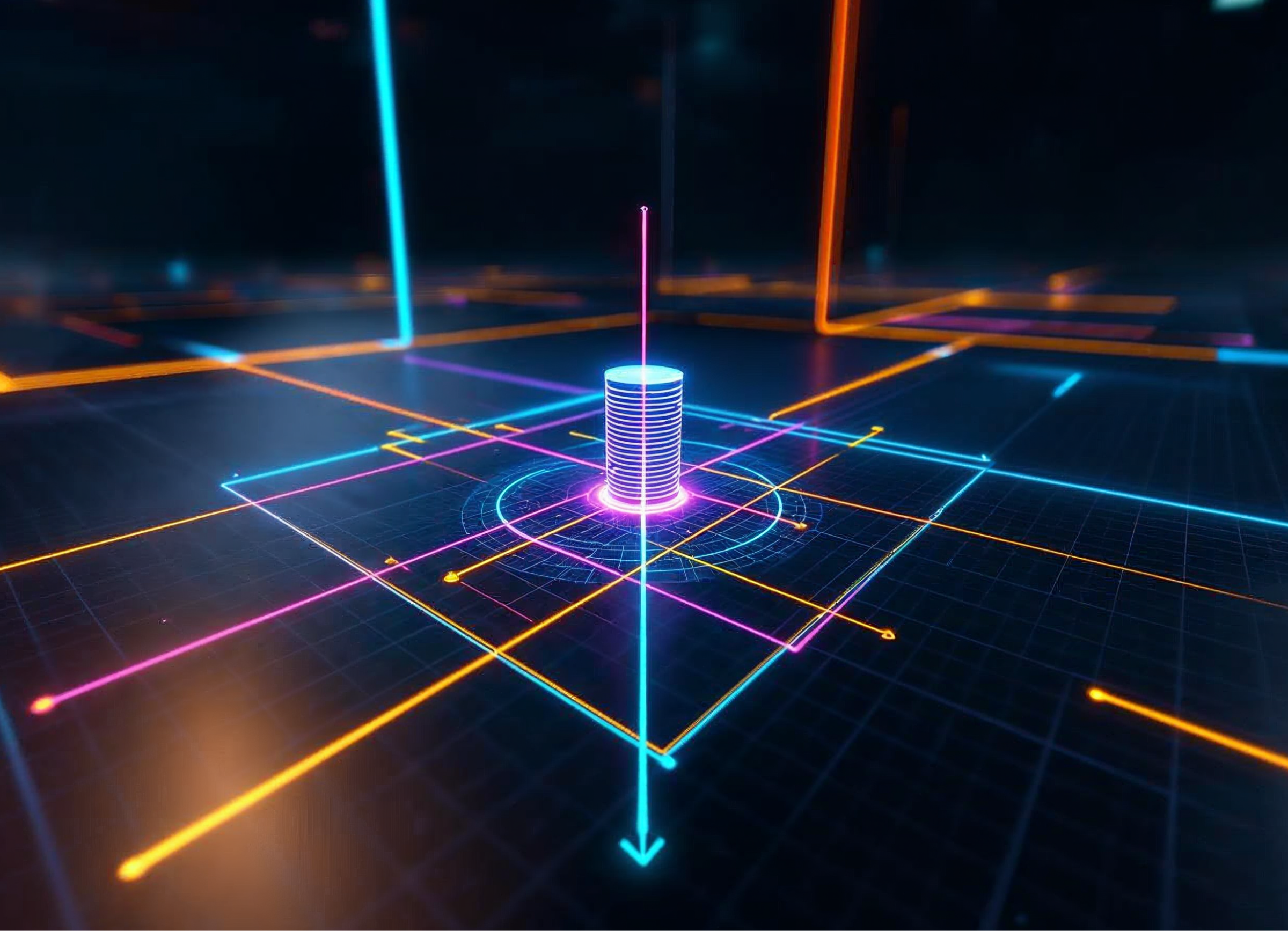
In recent years, IT and immersive technologies are one of the most popular fields that people choose for their future careers. According to Statista, as of January 2023, the number of IT workers was 3.1 million, and by 2032 the number of workers will exceed 6 million. Among those starting to work in the field of IT and XR, there are both young professionals and those who have career experience in other fields and want to change their lives. And free online courses, which introduce a beginner to the essence of the matter in an interesting and accessible language, are useful for future developers.
In this article, we offer an interesting selection of the best free XR training courses online. Whether you’re looking to develop XR experiences for Unity and Magic Leap 2, shoot a 360o film, or create your own metaverse, our selection of courses will provide you with the necessary skills and knowledge needed for those just starting their XR journey.
Create with AR: Face Filters by Unity
A training course for those new to AR application development, including creating face filters. This course is designed for those willing not only to learn the basics of programming applications on Unity but also to expand their portfolio with new cases, which will make it much easier to enter the field of XR.
The course is divided into three parts:
- Get Started With AR. The future developer will learn the types of features in augmented reality, such as AR face filters, and AR markers that allow you to place digital content in real space. One will learn how to integrate a finished 3D model design into a game.
- Create a basic face filter. The main goal of this segment is to create your own customized AR face mask, including creating face trackers and using various textures, 3D models, and other components that can be used for an AR mask;
- Create an interactive face filter. In the final part of the course, the student has to make their mask interactive. In particular, developers also learn to add a user interface to the created mask and use visual scripts to program functions.
A student is able to independently monitor their own progress and mark the completed lessons on the page.
The entire course is available here: https://learn.unity.com/course/create-with-ar-face-filters?uv=2021.3
Virtual Reality Development Specialization by the University of London
A virtual reality training program by the University of London is designed for beginners and consists of 5 courses. Its total duration is 6 months, 4 hours per week, with a flexible schedule.
Each of the 5 training courses contains the following information:
- Introduction to virtual reality. Students get acquainted with the concept of virtual reality, its history, and basic principles;
- 3D Models for Virtual Reality. In this course, students will take the first steps in developing 3D models for VR, the basic principles of digital content development, and overlaying models in a digital environment. Students will also learn the basic principles of one of the most common VR engines, Unity3D;
- Interactive design with 3D models in VR. Students will learn to work with a key aspect of virtual reality, i.e., creating user interaction with the digital world. The course will cover the basic principles of creating interaction with virtual reality, taking into account the natural movements of the human body. In the end, students will receive useful advice from experts in the field of XR, and the main task to consolidate the result will be the creation of their own project where a person interacts with virtual reality;
- Creation of interactive 3D characters and dialogues. Students will learn to create communication between users of virtual reality, in particular the psychology of communication in VR, the basic principles of animation of 3D characters, in particular, game characters that will be used by the player and NPCs that will interact with a real player;
- Creating the First VR Game is the final course of the curriculum from the University of London, in which students have to create their first game in virtual reality and learn all the main stages of its development: idea, storyboarding, prototyping, testing, and implementation.
The hosts of the Virtual Reality Development Specialization program are Professor Marco Gillies and Dr. Sylvia Xueni Pan. Gillies is an Academic Director of Distance Learning and Deputy Head of Computing at the University of London. Pan is a senior lecturer at the Virtual Reality department of the same university.
You can sign up for the course here: https://www.coursera.org/specializations/virtual-reality
Extended Reality for Everybody by Michigan University
A learning program from the University of Michigan that introduces students to the general concept of extended reality. Its total duration is 3 months, 7 hours a week. The main goal of the program is to teach students the basic concepts of XR, the key problems of the development of augmented reality, and to correct them in further work with programs, as well as to learn how to create their own programs.
The program consists of three main courses:
- Introduction to VR/AR/MR/XR, Technologies, Applications, and Key Issues. An introductory course to the concept of augmented reality where students will learn to understand the essential difference between virtual, augmented, mixed, and extended reality. Students will also learn more about the current state of XR, its main advantages, level of development, and problems;
- User experience and VR/AR/MR interaction design. In this course, students will learn the basic principles of creating XR experiences, including creating extended reality prototypes and putting them into operation. In addition, the issue of ethics in creating an interactive XR application for the user will be raised here;
- XR applications development with WebXR, Unity, and Unreal Engine. Students will gain practical skills in creating VR experiences in WebXR or Unity, AR applications with or without markers. The final course is where students will learn the basic concepts and techniques of creating complex applications in augmented reality, as well as learn to create their own apps taking into account the ethics, privacy, and basic principles of user accessibility.
The lead instructor for this course is Michael Nebeling, Associate Professor of Information in the School of Information and Associate Professor of Electrical Engineering and Computer Science, University of Michigan College of Engineering.
You can sign up for the course here: https://www.coursera.org/specializations/extended-reality-for-everybody
What is Metaverse? by Meta
A course by Meta will teach future developers how to interact with the metaverse and how to create their own metaverses, taking into account all the rules of security, ethics, accessibility, and inclusivity. The total duration of the course is 3 weeks, 3 hours per week.
Read also: From Pages to Pixels: Navigating Best Books on Metaverse and Its Groundbreaking Impact
This course contains 6 modules covering topics such as
- What is the metaverse. An introductory module that describes the basic concepts of this technology, the basic principles of interaction in the metaverse, and how to interact with other users in it;
- Who creates the metaverse. Students will learn about the basic principles of creating a metaverse, what devices, platforms, and game engines are used to create their own digital universe, and how augmented reality is used here;
- Verticals of the metaverse. Students will learn about the influence of the metaverse on various spheres of life, including education, medicine, city planning, and interaction with people. Students will also learn more about how marketing, design, and entertainment work in the realities of the metaverse;
- Finance in the metaverse. This module tells how blockchain and cryptocurrency work in the realities of the metaverse, how to introduce your own economy into your metaverse, and the latest financial trends;
- Responsibilities in the metaverse. Students will learn about the basic principles of building a metaverse, taking into account all the rules of ethics, inclusiveness, and diversity;
- How to build a metaverse. The final module, in which students learn more about the possibilities of the metaverse, as well as the further development of this technology and the influence of companies on this technology.
You can sign up for the course here: https://www.coursera.org/learn/what-is-the-metaverse
VR and 360 Video Production by Google AR & VR
Another free course for beginners from Google introduces students to virtual reality, 360o video, and the basic principles of creating such videos. The duration of the course is three weeks and four hours a week.
The main course consists of 4 modules, which include the following educational material:
- What is 360o video and how does it relate to VR. An introductory module that covers the basic principles of creating 360o video;
- Setting up VR pre-production. Students learn the basic technical nuances of preparing for video shooting. During the module, students will be provided with the necessary tools for writing a script, planning, selecting a crew and cast for a 360o film;
- The shooting process of 360o video. Students will learn the main nuances of the operation of the 360o camera, as well as the arrangement of the shooting process itself;
- VR post-production and release. The final module, in which students will learn how to edit the footage, as well as publish the finished film.
You can sign up for the course here: https://www.coursera.org/learn/360-vr-video-production
Unity Development for Magic Leap 2
Another course from Unity Learn, created for beginners who have an initial level of command of the C# programming language and a basic knowledge and understanding of the rules for using the Unity platform. The purpose of this course is for students to learn how to design XR experiences for Magic Leap 2 augmented reality glasses.
The course consists of 14 separate video tutorials that introduce students to every aspect of Magic Leap 2 digital experiences development, starting with an introductory lecture that observes the general characteristics of the glasses. The following videos describe in more detail the intricacies of developing XR experiences, such as entering voice commands, tracking hand and eye movements, creating and superimposing markers on real space, etc.
A student completes the full course independently at any time convenient for them, just like other courses on the Unity Learn website.
The entire course can be found here: https://learn.unity.com/course/magic-leap-2-development?uv=2022.2
We hope these free courses will inspire you and give you confidence in your future career as an XR developer. They will not only develop your practical skills and enrich you with theoretical knowledge. Training programs from Unity, Google, Meta, and many other augmented reality experts will also develop your creativity and flexibility, which XR developers need so much.
Image: Freepik



